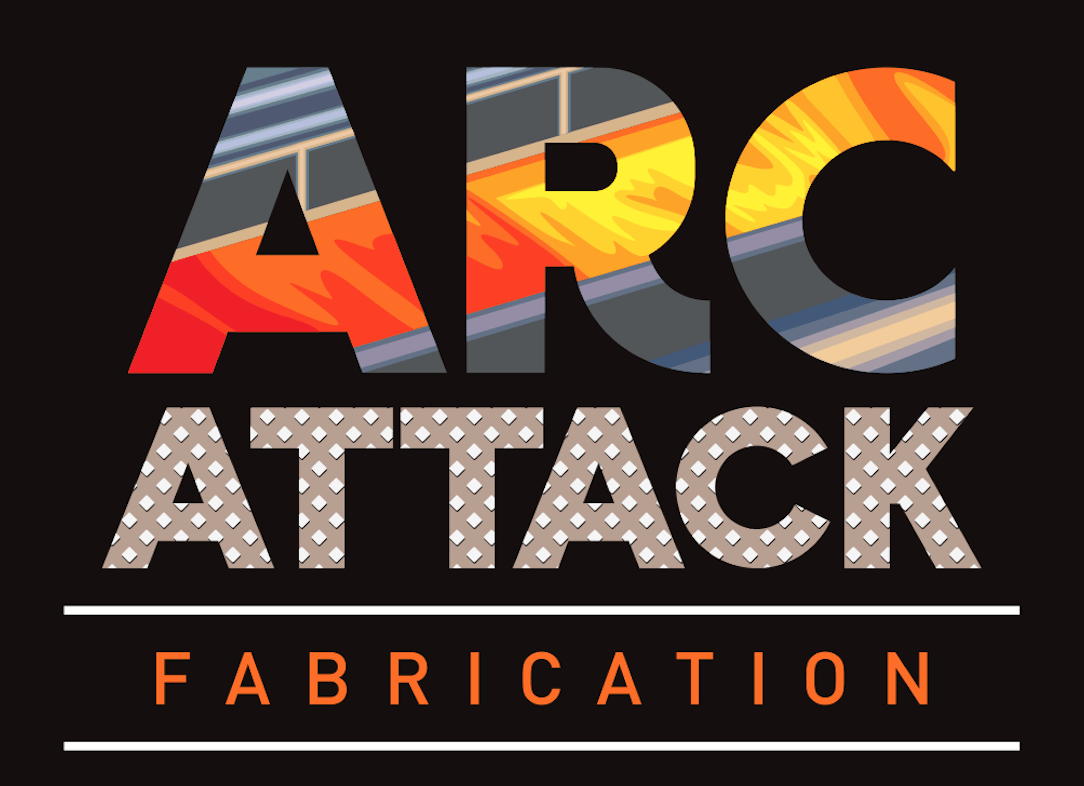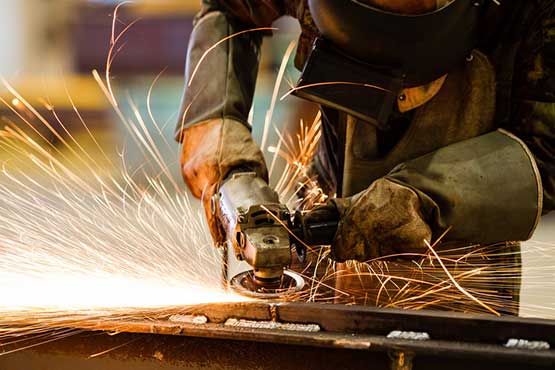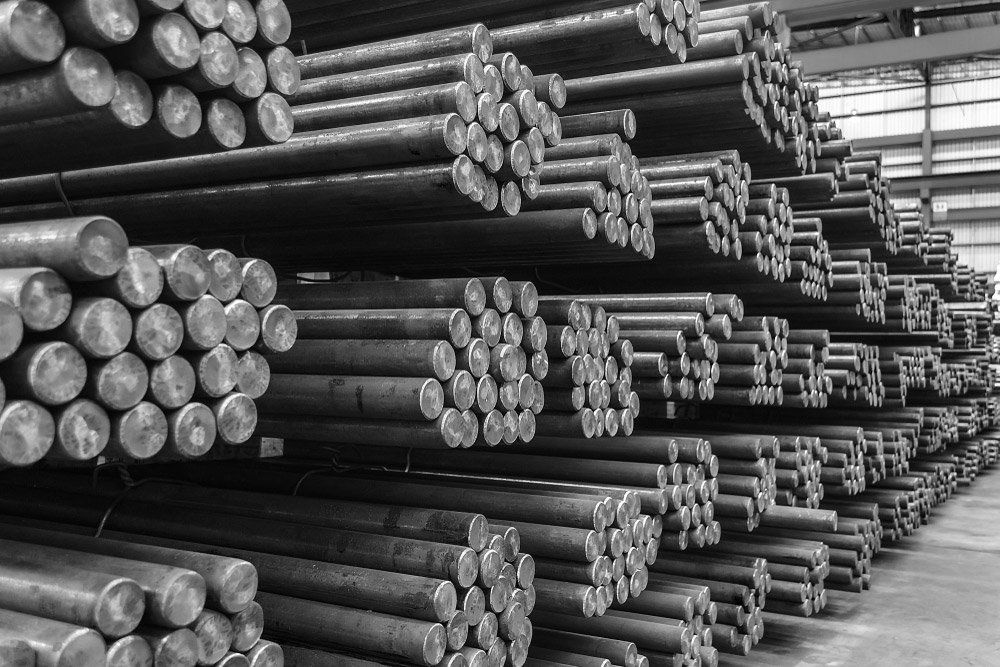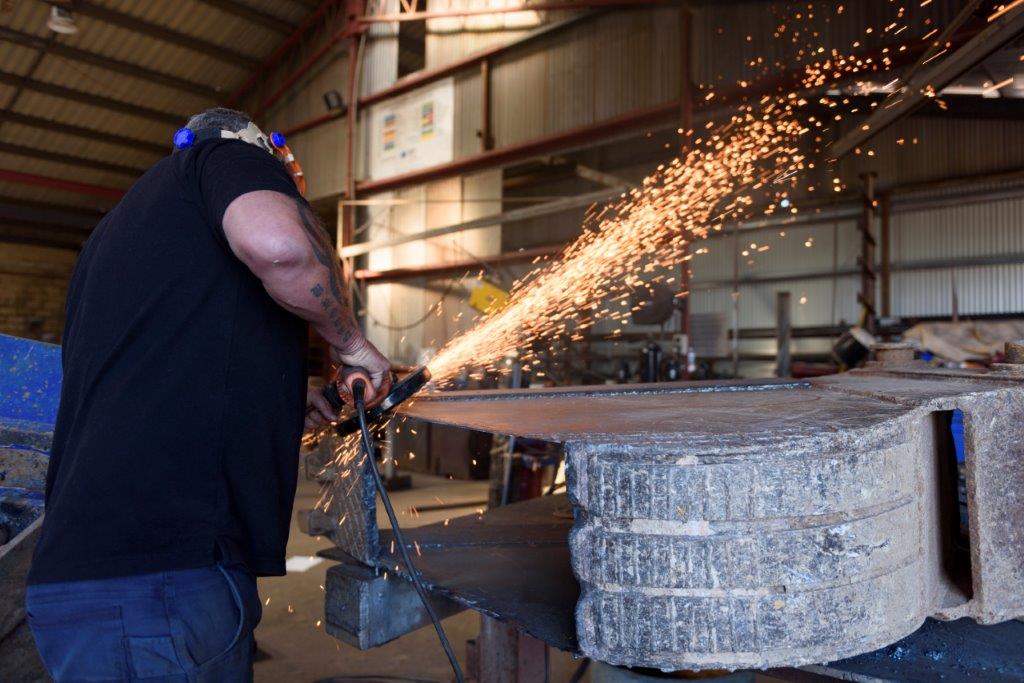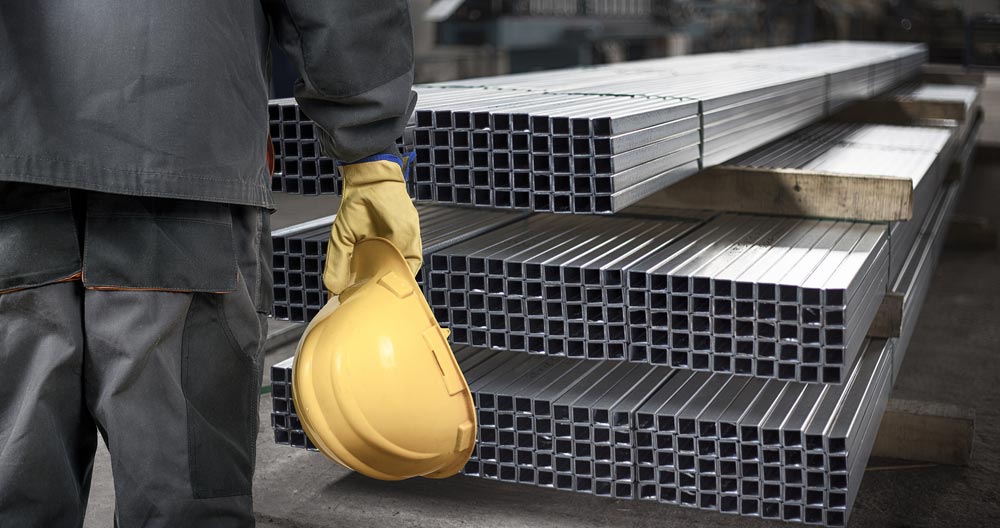The Ultimate Steel & Metal Fabrication Guide
Steel fabrication is an integral part of most civil and construction projects. It is estimated that the steel industry in Australia is worth $29 billion and supports around 110,000 jobs. However, despite its size and importance, most people are unaware of how steel products are made.
So we thought it would be helpful to cover the basic facts you need to know about steel fabrication. This blog is designed to help people who may not have ordered a steel fabricated product before better understand the processes involved and explain exactly what you need to know about steel fabrication.
What is structural steel fabrication?
Structural steel fabrication is the process of taking the raw components of steel and transforming them into a finished product. It takes years of skill to learn how to fabricate steel to achieve satisfactory results.
Some people may confuse steel fabrication with welding, but steel fabrication itself is much more than welding. The process involves cutting, shaping and bending the steel to achieve the desired shape before final assembly (which may involve welding) can begin.
Products made from fabricated steel include:
- Staircases
- Escalators
- Furniture
- Building structures
- Storage tanks
- Aircraft subassemblies
- Vehicles
- Kitchen appliances
- Cookware
- Furniture
The steel fabrication process
The steel fabrication process involves several stages each of which requires specialist knowledge, skills and equipment. Because steel fabricated products are often used to support other structures care needs to be taken to ensure consistent quality.
This is achieved by following a specific fabrication process that involves the following key stages:
The design stage is usually carried out by a structural engineer, industrial product designer or architect. Depending on the complexity of the final product the designer may work closely with the steel fabricator or simply provide the blueprints for us to follow.
Cut & Drill
Once we receive the blueprints, they will be converted into shop drawings which we use to establish timeframes and budgets for the project. With the shop drawings complete we can start to cut and drill the steel required for the product.
As the individual steel pieces are cut they are etched with a part number corresponding to the blueprints. This allows each piece to be individually identified and makes it much easier for the manufacturing or assembly team to assemble the product on site.
Custom Metal Fabrication
Some projects may require custom components to be created, these are either machined, forged or bent into shape. The method used will depend on the shape of the component and the stress it has to withstand.
Component Assembly
With the steel cut and drilled and any custom fabrications completed, it’s time to assemble the final product. This ensures everything has been manufactured correctly. If all goes to plan the final product should come together easily without any problems.
Installation
The final stage is delivery and installation on site. This can be a construction site, factory or shipyard. So long as the previous stages have been completed satisfactorily, the final installation should not present any major problems.
What materials are used in metal fabrication?
Lots of different types of metal are used in steel fabrication projects, depending upon the properties required by the project.
Stainless steel is frequently used in metal fabrication, particularly in situations where durability and corrosion resistance are needed. Stainless steel is well known for its silver mirror coating and is frequently used in surgical, medical, and culinary settings where hygiene and practicality are very important.
Structural steel is an alloy of iron and carbon, and it's one of the most commonly used types of metals in steel and metal fabrication. Structural steel is very strong, and it can be used in a huge range of settings from construction and machinery to weaponry and more, making it one of the most versatile metals we use.
Aluminium
Aluminium is another commonly used type of metal in metal fabrication. Aluminium is a very lightweight metal with excellent electrical and thermal conductivity, which makes it a choice metal in various projects including refrigeration and aeronautics. Aluminium is a metal that we frequently use when its distinctive properties are needed.
Brass
Brass is a copper-zinc alloy that is often used in metal fabrication for its attractive golden colour and resistance to corrosion. Brass is frequently used in door and window hardware, plumbing fixtures, and musical instruments because of these properties.
Copper
Copper is a reddish-brown metal that has been used by humans for thousands of years. Copper is a good conductor of electricity and heat, making it a popular choice for electrical wiring and heating systems. Copper is also frequently used in coins, jewellery, and artwork because of its beautiful colour.
Different Types of Metal Finishes
As well as working with different types of metals, the metal fabrication process can apply a range of different surface finishes to imbue desired properties in the finished product.
Powder Coating
Powder coating is a process that applies a dry powder to a metal surface, then heats it until the powder melts and fuses to the surface. This process can be used to create a huge range of textures and colours on metal surfaces, making it a popular choice for decorative applications where a more durable finish is also wanted.
Polishing
Polishing is a process that uses abrasives to smooth and shine a metal surface. This process can be used to create a variety of finishes, including a bright metallic sheen, a dull matte finish, or a rough textured finish. Polishing is often used to improve the appearance of a metal surface or to prepare it for another finishing process.
Anodising
Anodising is an electrochemical process that uses electrical currents to create a protective oxide layer on the surface of a metal. This process can be used to improve the corrosion resistance of a metal, enhance wear resistance, and insulate a metal from electrical conductivity.
Chroming
Chroming is a process that uses chemicals to deposit chromium onto the surface of a metal. Chromium is a very hard and corrosion-resistant metal, and when it's deposited in a thin layer on another metal it can create an attractive mirror-like finish. Chroming is often used as a decorative finish for metal objects.
Plating
Plating is a process that uses electrical currents to deposit a thin layer of one metal on the surface of another metal. This process can be used to create a variety of finishes, including gold, silver, brass, and nickel. Plating is often used to improve the appearance or corrosion resistance and strength of a metal surface.
Need help? Get in touch
As you can see, steel fabrication is a complex operation, with any mistake made during the process costly to rectify. That’s why you should partner with a steel fabricator with the right mix of skills and experience to ensure your project is completed on time and within budget.
The Arc Attack Fabrication team includes tradesmen with experience across a wide range of industries including mining, bridgework, energy and marine. If you live in the Coffs Harbour region and need a fabrication project completed, we have the skills and experience to bring it to life.
Get in touch by filling out the contact form here or give us a call on 02 6654 2188.
